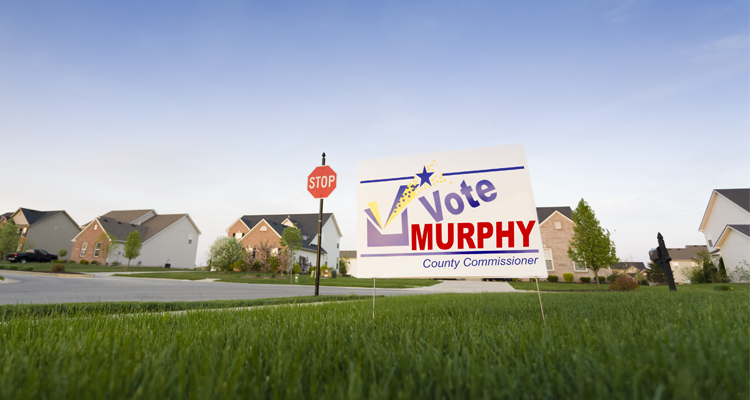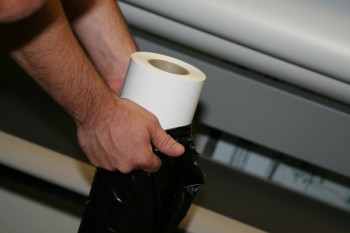Yard signs are a quick and easy solution for temporary graphics as well as election year signage, which will be gearing up soon. And that means more demand for signage, such as banners, yard signs and posters.
When it comes to yard signs, there are a few tips to keep in mind in terms of what content to include, color and design and the proper material to print to. Here’s what you need to know, and some tips you can pass along to your customers:



